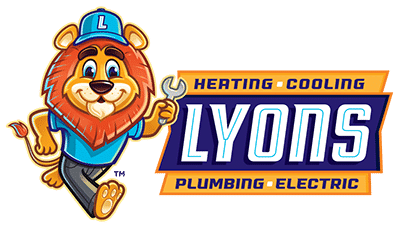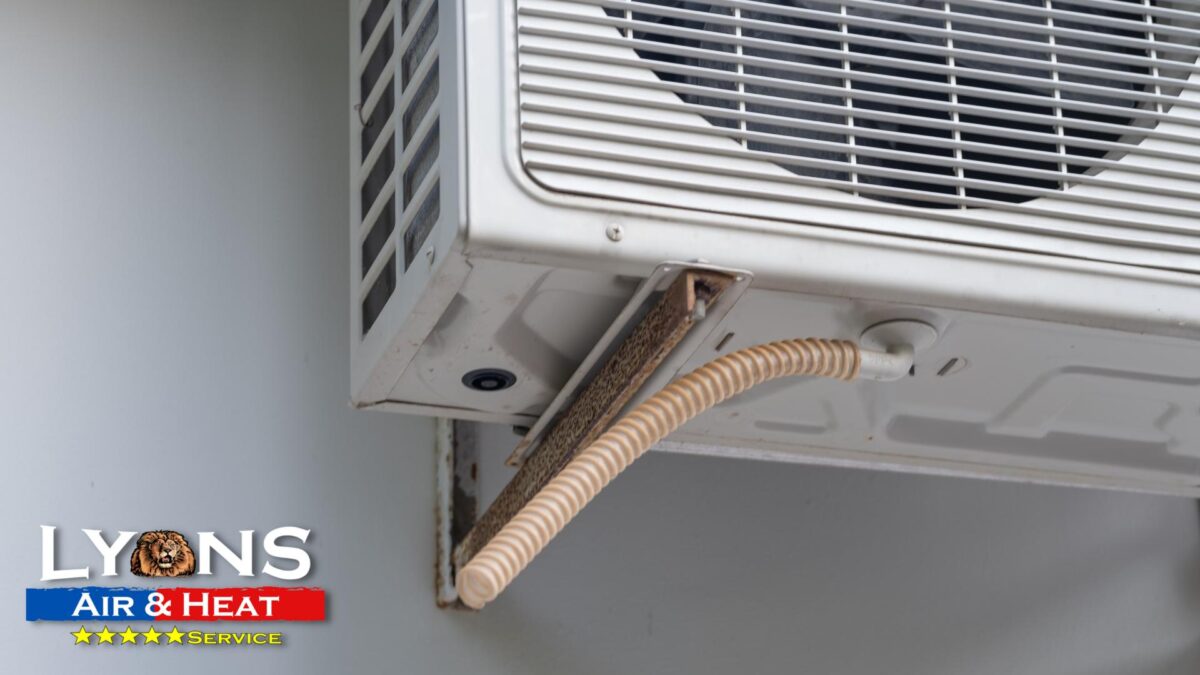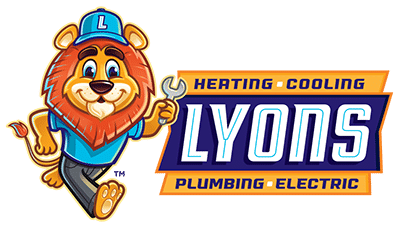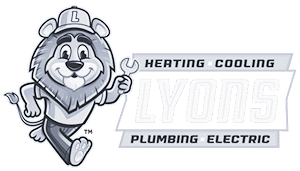Our air conditioning systems are an intricate system of many parts that all play a significant role in providing cool air for our homes. One of those components is the condensate lines. These lines remove excess moisture from the air conditioner’s evaporator coil. This is important because moisture would accumulate and damage your HVAC system without them.
Below, the HVAC technicians from Lyons Air and Heat will explain what a condensate line is, how it functions, and what can happen when you have clogged drains. If you have questions about your AC drain line or want to schedule an appointment, call us today at (214) 432-2859.
Where is the Condensate Drain Line?
Your condensate drain lines, also known as AC drain lines, are within the walls. These drain lines make up an important part of the cooling system in your home. The condensate drain lines remove excess moisture from the air conditioner’s evaporator coil. Removing this moisture is important because if it is allowed to build up, it can lead to mold growth and water leaks.
To remove the moisture, these lines feed into an outside drain line that is located next to your outdoor AC unit.
Importance of a Condensate Drain Line
Your condensate drain line is an integral part of your air conditioning unit. Your air conditioner works to cool your home by pulling warm air from inside and cooling that warm air using a refrigerant before blowing it back into your home. When the warm air passes over the cooler evaporator coil, it creates condensation, which then collects into a drip pain.
The condensate line removes the condensation that the evaporator coil produces. This allows your HVAC system to continue working effectively to cool your home and balance the humidity. When your air conditioner has any water or moisture in it, it can malfunction and also begin to promote mold and mildew growth that can lead to corrosion. It can also make your home feel damp and humid.
The condensate line creates a path for moisture from the air conditioner to a drain outside. When there are issues with the condensate drain line, the moisture from your unit can back up into the drain pan causing it to overflow. The condensate drain pan catches any drips from the condensate line. When the water in the pan has nowhere to drain, it can begin to leak and cause water damage.
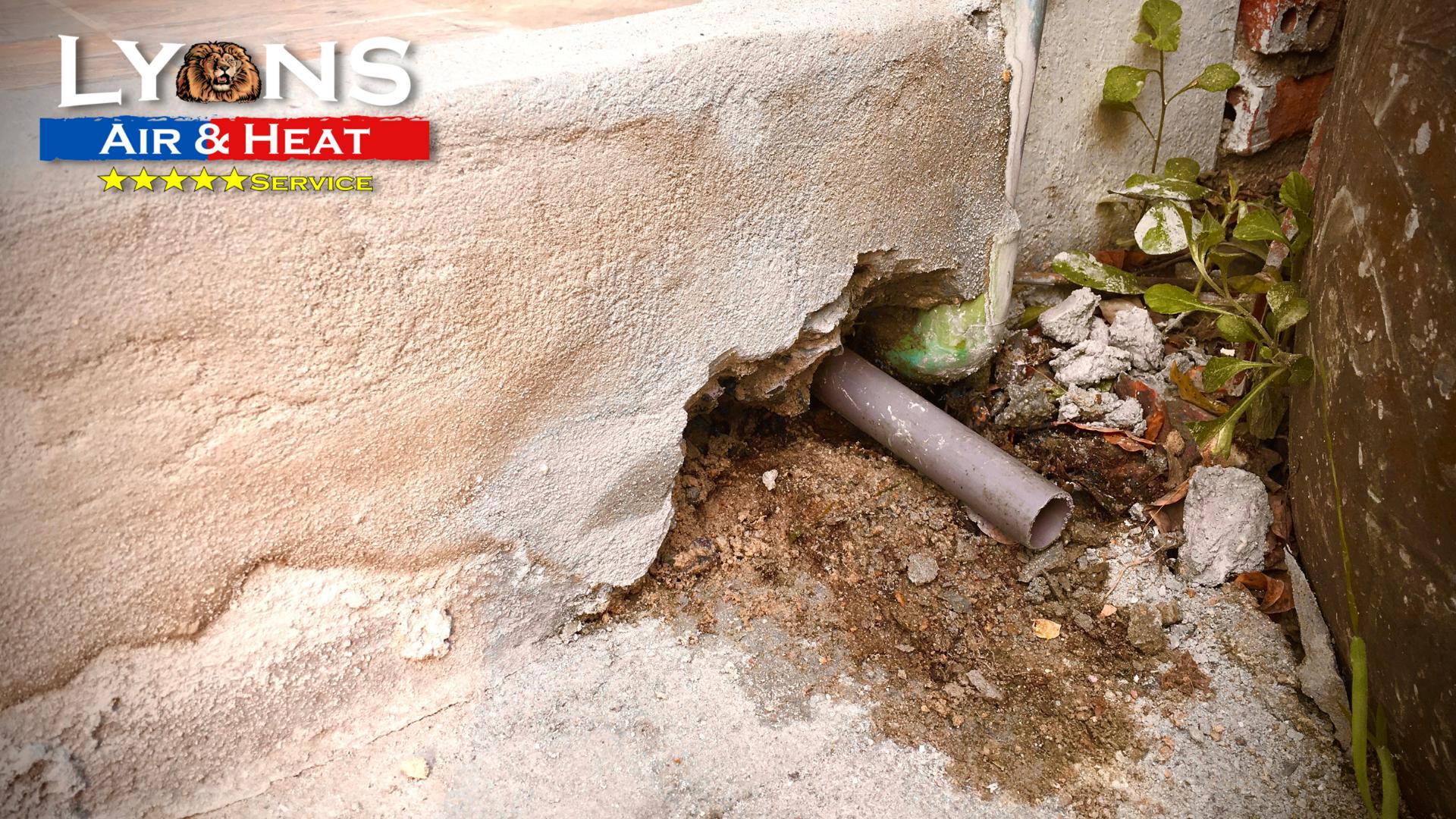
Where To Run AC Condensate Drain Line
Your AC condensate line runs from your indoor air conditioning unit to the outside one. The drain lines run within the walls of your home and feed into a PVC pipe near your outside condenser. The interior portion of your AC’s condensate drain line is located near the indoor unit and has a small PVC cover over it which is the access point for the condensate drain. The exterior part of the condensate drain line is a PVC pipe near the outside unit where the water drains out.
What Happens If the Air Conditioner’s Drain Line is Clogged?
When condensate lines are not regularly maintained, they can get clogged with dirt and dust. When the lines become clogged, they cause moisture to get trapped inside, leading to leaks, water damage, and an uncomfortable interior environment. Unfortunately, the condensate lines are within your home’s walls, so you can’t see when they’re clogged.
Signs You Have a Clogged AC Drain Line
Some signs that you have a clogged AC drain line are:
- Stained ceilings or walls
- Water leaking from your ceiling or attic
- Excess humidity
- Bad odors
- The air conditioner shuts off and does not turn back on
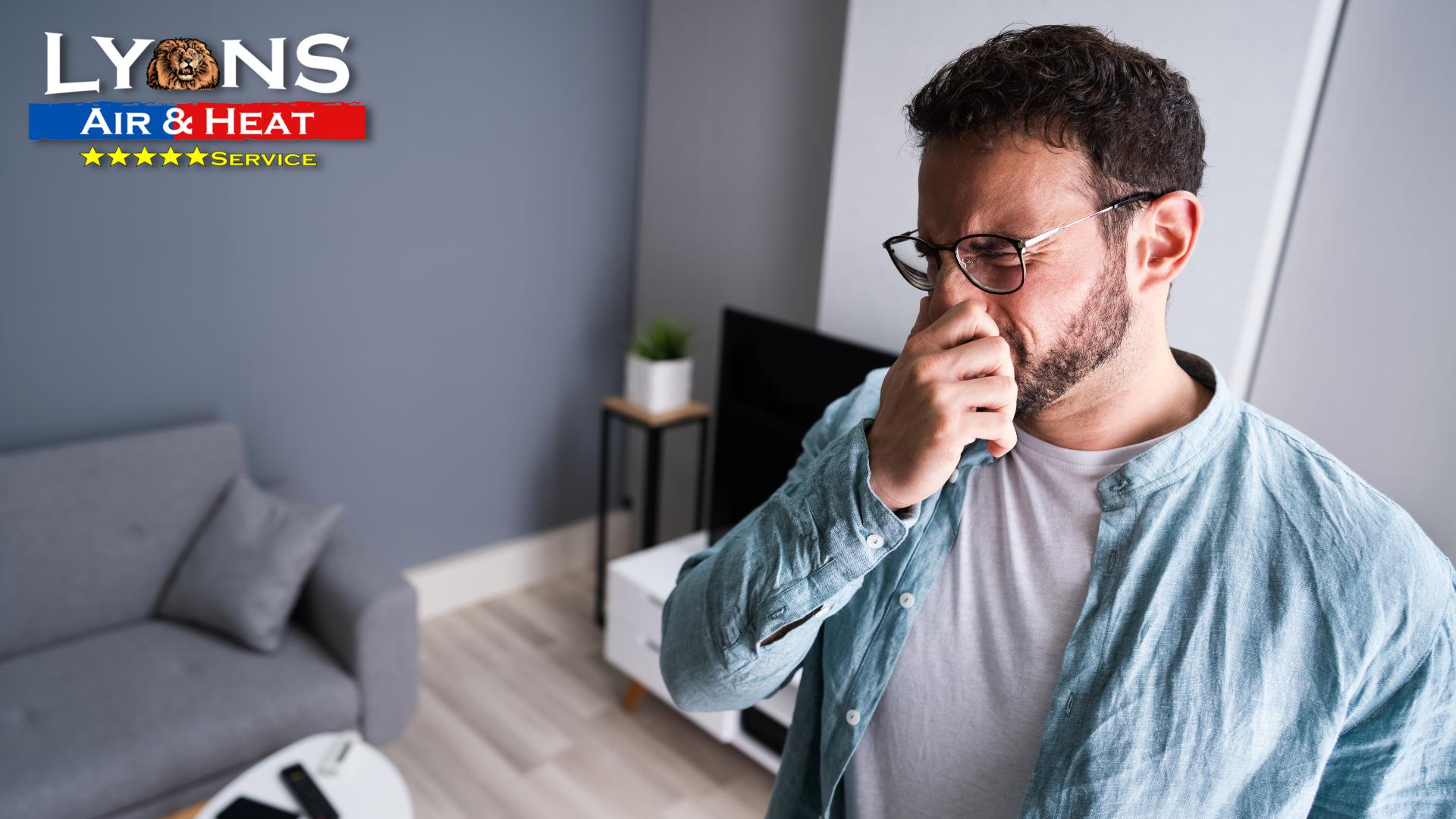
How To Clean Clogged Condensate Line
If you believe clogged condensate lines or drain pans are to blame for your air conditioning problems, you can check to see if the drip pan has any standing water. If you find that the condensate pan has been collecting water, remove the standing water using a handheld or shop vacuum. After emptying the water, you can wipe out the pan using soap and warm water to remove mold, debris, or algae.
After you’ve cleaned out the condensate pan, you can clean both the entry and exit points of the condensate line. To find the exterior portion, locate your AC’s outdoor unit. Next to the unit should be a PVC pipe. Using a wet vac, you should be able to remove any accumulated debris or excess moisture.
The entry area of the condensate line is near your inside AC unit and should have a small cap over it. To clean the entry point of the condensate line, you can pour hot water or distilled vinegar into the access pipe to flush the system out. If you’ve performed the above steps correctly, your exterior condensate drain pipe should begin to drip water.
AC Drain Line Maintenance
While cleaning out a clogged condensate line may sound fairly easy, it’s best to leave it up to the pros at Lyons Air and Heat. When you sign up for our maintenance plan, the Cool Club, you don’t have to worry about performing your own maintenance on your AC drain line. During our springtime maintenance check, an experienced HVAC technician will check the drain line and drain pain and remove debris from the condenser coil. With the Lyons Air and Heat Cool Club, we take the headache out of remembering to schedule regular maintenance so that you can get the most out of your HVAC system.
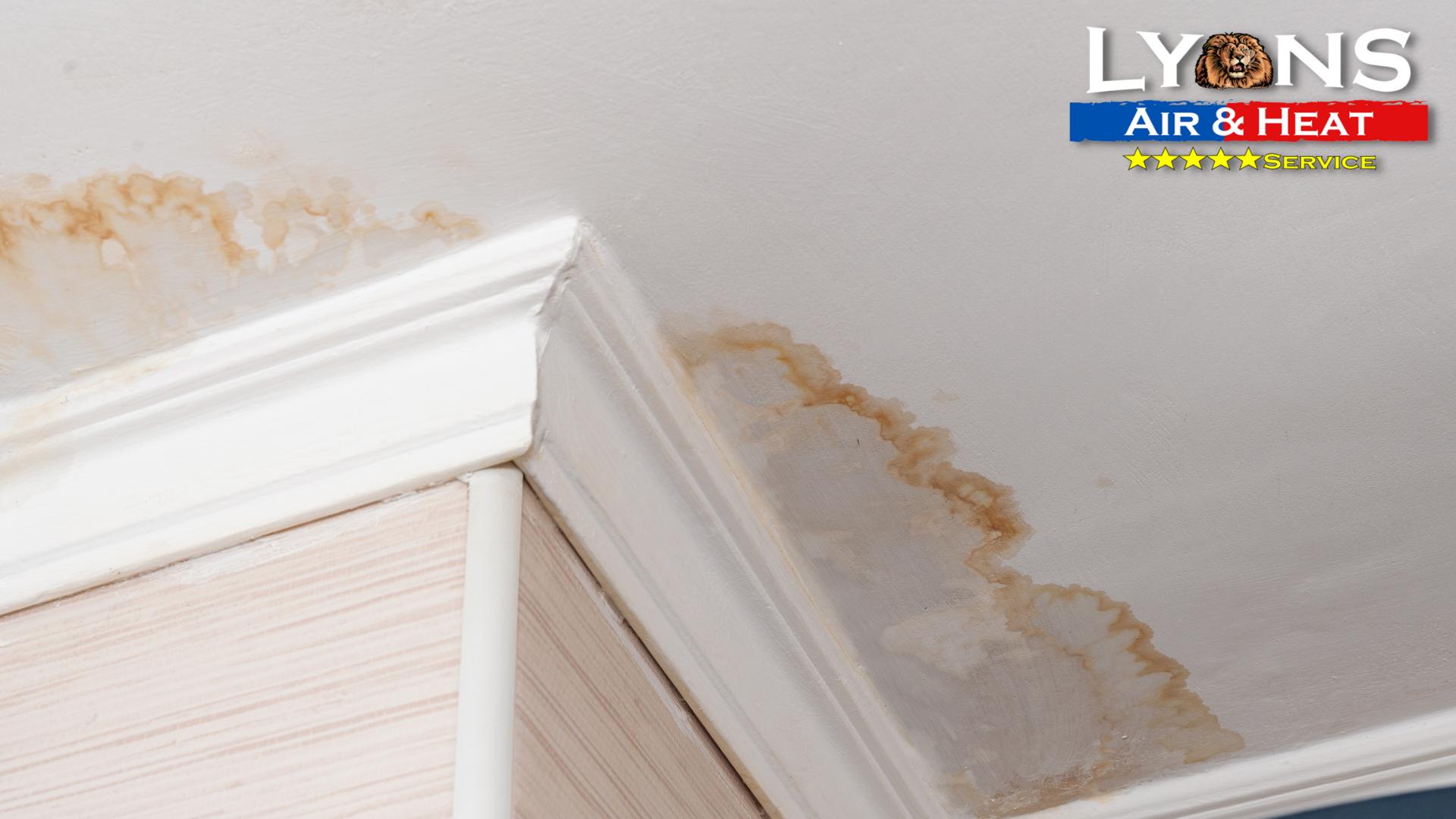
Issues With Your AC’s Condensate Line? Call the Rockwall HVAC Professionals at Lyons Air & Heat Today
If you’re experiencing issues related to your AC’s condensate lines, call the pros at Lyons Air and Heat. We’ll send out one of our experienced HVAC technicians to evaluate your AC drain line and ensure everything is working correctly.
Since 2006, Lyons Air and Heat has been serving the Rockwall, TX, area and has since expanded that area to provide quality HVAC customer service to more Texas residents. In addition to residential services, we provide commercial HVAC repair, replacement, and installation services for Rockwall businesses.
At Lyons Air and Heat, providing quality customer service is our goal. We offer financing options and coupons for our customers because excellent HVAC customer service shouldn’t have to break the bank. To schedule a service appointment with a Lyons Air and Heat technician, call (214) 432-2859 or contact us online.
